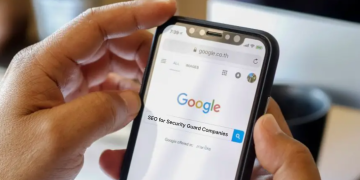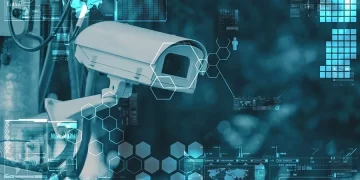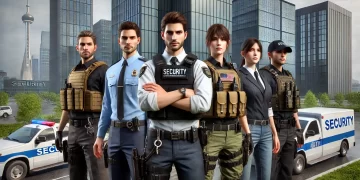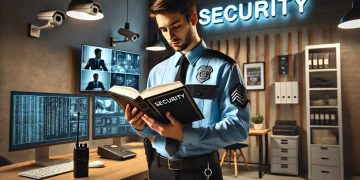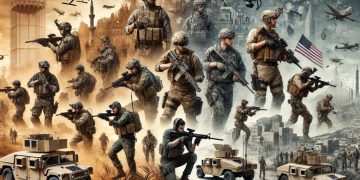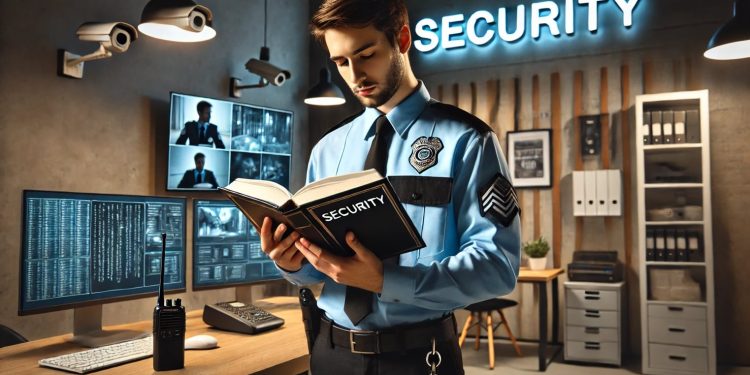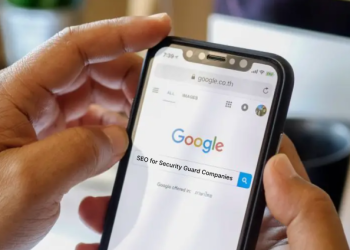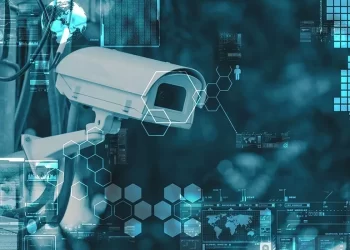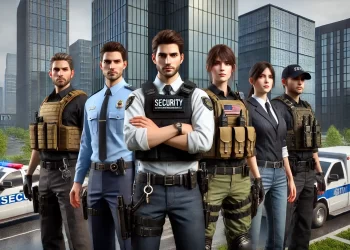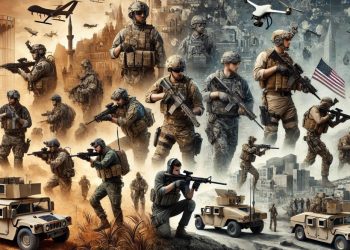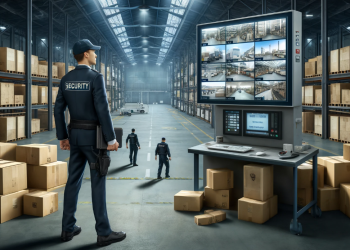The job of a security guard can be described in many ways- as crucial for safety, providing proactive security, being a first line of defense, offering assistive customer service, inspiring public confidence, and maintaining law and order for clients. But TRAINED RESPONSE TO EMERGENCIES is what sets security guards apart. Using the correct emergency response protocol in emergencies is essential for security guards to ensure best practices.
“He was dying, not breathing or anything. So, a couple of security guards- they helped out…”
(Gas station attendant Jose Peraza, about the 2 security guards that saved a choking baby at his gas station).
In the unpredictable world of security, guards must have the training for them to attain superior reactions- and best results. These 2 security guards worked together and successfully saved a baby’s life, and did so because they followed some key security guard emergency response procedures:
- Rapid assessment of the situation and its potential impact.
- Activation of emergency protocols– with life-saving first aid for the baby.
- Clear calm communications– contacting additional emergency first responders/authorities.
- Crowd management– calming the hysterical mother, and ensuring that the arriving paramedics had unimpeded access to the gas station.
- Providing incident details.
Clearly by responding well- using their emergency preparedness training for a MEDICAL EMERGENCY- the two guards saved an imperiled baby’s life.
“70-Year-Old Volunteer Security Guard Saves Hundreds by Pulling Out His Own Gun During Texas Church Shooting”
(Dec 19, 2019 Article about an allegedly disguised gunman who opened fire at a church, killing two).
This incident showcases a very different scenario where a trained security guard had to give immediate ARMED RESPONSE. Normal protocols for an armed response dictate that guards:
- Do initial assessment by identifying the threat and reporting the situation to relevant authorities.
- Initiate safety measures such as seeking cover, evacuating the area, or putting lockdown procedures in place to secure the premises and protect individuals.
- Communicate with control center security personnel to give continuous updates.
- Coordinate with law enforcement with detailed information about suspect(s), location and other relevant details.
- Use de-escalation techniques such as avoiding confrontation, and giving clear calm verbal commands to defuse the situation.
- Proceed with active engagement– ONLY if necessary to protect yourself or others, using tactical positions and movements to minimize exposure and maximize safety.
Unfortunately in this 2019 Texas church event, the gunman’s actions made immediate active engagement necessary, and the security guard fired to neutralize the threat without delay. There was no reporting to authorities (until afterwards), no de-escalation opportunities, and any first safety measures initiated were likely just shouted commands to church-goers to get down. Undoubtedly he or other emergency response security officers followed post-incident procedure by additionally:
- Securing the area
- Providing medical services
- Communicating with law enforcement
- Later documenting the incident and examining the responses.
These two real-life examples of security guards using their training in a medical emergency and an armed response situation illustrate the importance of emergency training protocols. These examples highlight trained guards using to the best effect some key emergency response procedures.
The 7 Key Procedures of Security Guard Emergency Response
Here is a summary of the 7 central emergency response procedures for security officers:
- Rapid Assessment of the Situation/Risks: Security guards must swiftly evaluate the nature of an emergency, determine its potential impact, and identify what to do to ensure safety. Emergency situations can range from natural disasters like earthquakes, floods or fires, criminal activities involving break-in, theft or terrorism, to industrial accidents or chemical spills. Additionally, security guards act based on protocols given by their clients. For example, in the case of an activated intruder alarm, the client may want the guard to call them, the police, and then wait for their arrival. Or they may want a security guard to actively investigate the alarm’s cause and secure the area.
- Activation of Emergency Protocols: Security guards must be familiar with any specific protocols involving the area they are protecting. For instance a factory may have harmful machinery, materials and chemicals- with safety data sheets containing details that would be crucial to responders. A residential complex, a mall, or a school campus, would have entirely different safety procedures for a guard to activate in case of any emergency.
- Evacuation Procedures: In cases where evacuation is necessary, security guards direct individuals to safety. They must ultimately verify all employees, residents and visitors that exit, which is a result of their organized access control. Security guards should be familiar with the evacuation plans, assembly points, emergency kits, evacuation maps, alarm/PA systems that alert and instruct evacuees, and emergency contact information to inform authorities.
- Communication: Security guards often serve as the point of contact for both the people at the scene and the incoming emergency services. This means that their clear and calm communication is very important. Guards relay critical information that will enable quicker targeted response efforts. Internal communication among other security personnel, along with external communication with clients and relevant authorities is also part of a guard’s establishment of effective communication channels.
- First Aid: Many guards have training in basic first aid, CPR, how to use an AED to treat sudden cardiac arrest, and how to address choking, burn, or trauma situations. This means they can provide immediate assistance to anyone injured until medical professionals arrive. Sometimes this guard training means the difference between life and death for emergency victims. For example, the choking baby likely would not have survived until paramedics arrived.
- Crowd Control: Guards play an essential role in crowd management. Their training in emergency situations can ensure safety, prevent panic, reduce trampling hazards, manage aggressive or disruptive behavior, and avoid overcrowding. Guards can also maintain secure perimeters to provide better responder access. Good crowd control protects people and property, and ultimately ensures that legal and regulatory responsibilities are fulfilled- reducing liabilities for clients.
- Incident Documentation: After an emergency, security guards often document incidents in great detail, providing valuable insights that can help in the recovery phase and prevent future occurrences. Reviewing the incident and response efforts helps highlight actions that worked, along with areas for improvement.
By performing these emergency response protocols, security guards ensure coordinated effective responses to emergencies of all types. These comprehensive best practices protect lives and property, and establish efficient emergency management.
